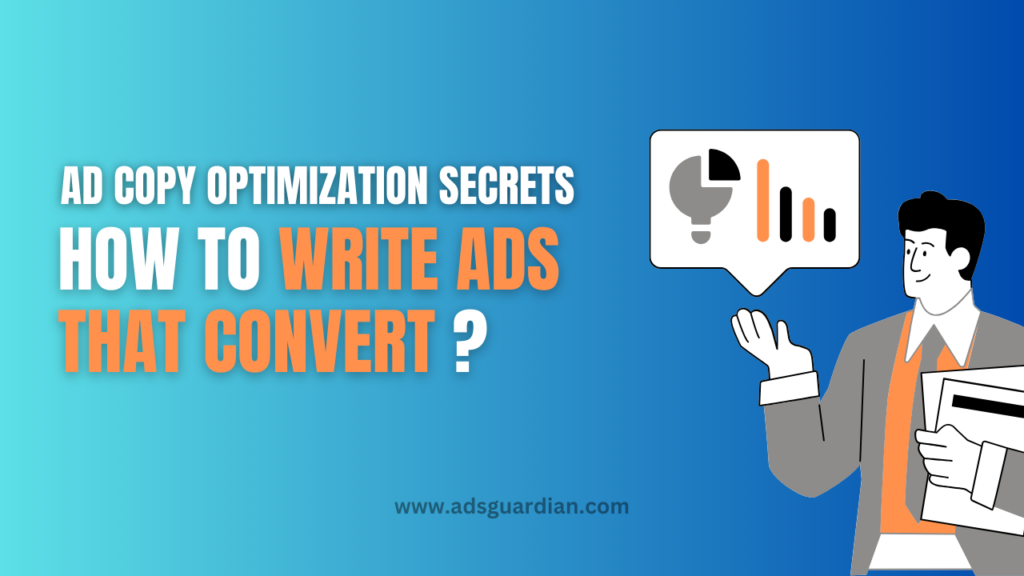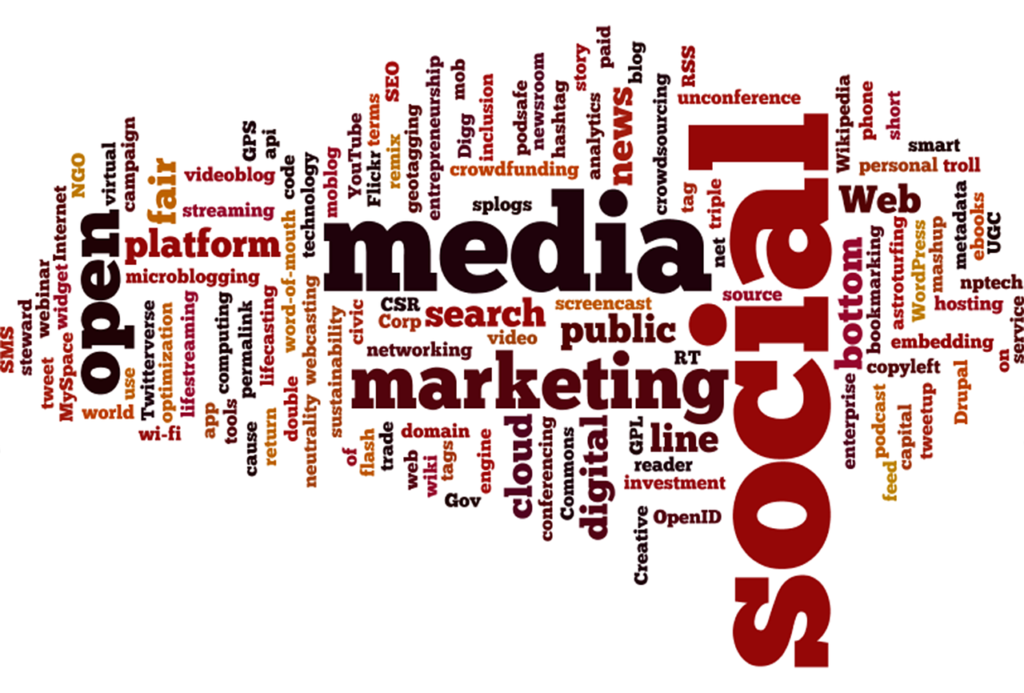Effective ad copy is not just about conveying a message. Ad copy optimization is about crafting a compelling narrative that resonates with the target audience.
Whether it’s a social media ad, a Google AdWords campaign, or an email marketing campaign, the ad copy is often the first point of contact between a brand and its potential customers.
A great ad copy has the power to pique curiosity, evoke emotions, and ultimately drive action.
This article reveals the secrets of ad copy optimization, providing actionable tips and strategies to help marketers create ads that convert.
What is Ad Copy Optimization?
Ad copy optimization refers to the process of refining and improving ad content to maximize its effectiveness in achieving the desired goals, such as increasing click-through rates (CTRs), conversions, and overall return on investment (ROI).
It involves analyzing data, testing different approaches, and fine-tuning the copy to resonate with the target audience and drive desired actions.
Effective ad copy can significantly impact the performance of a campaign by attracting attention, generating interest. Thus ultimately persuading users to take the desired action, whether it’s making a purchase, signing up for a newsletter, or downloading an app.
Key Elements of Ad Copy Optimization:
When consumers are being bombarded with advertisements, writing compelling ad copy that stands out but resonates with the audience at the same time is more important than ever.
To go on to the next level of writing, ad copy optimization involves several key elements.
1. Write Irresistible and Powerful Headline:
To craft a headline that your customers can’t ignore, use power words that either trigger emotions or put numbers as proof.
Power words are words that evoke strong emotions and can grab the reader’s attention. Examples of power words include “free,” “guaranteed,” “exclusive,” “discover,” “ultimate,” etc. Also, by using emotional triggers, your headlines can create a connection with the reader and compel them to continue reading.
On the other side, numbers and statistics can add credibility to ad copy and make the headline more impactful. They provide concrete evidence of the benefits or features being promoted.
For example, “Lose 10 Pounds in 30 Days” or “Save 50% on Your Next Purchase.” Numbers and statistics help set clear expectations for the reader and can increase the likelihood of them clicking on the ad.
2. Write Persuasive Ad Copy that Hit Audience:
Effective ad copy often should be persuasive and addresses the pain points or challenges that the target audience faces. By identifying and empathizing with these pain points, offering solutions in the ad copy can then position the product or service as a valuable solution.
For example, an ad for a cleaning product might address the pain point of spending hours scrubbing floors by offering a solution that promises to make cleaning easier and faster.
Storytelling is another powerful tool in advertising that can captivate audiences and evoke emotions. Stories can be used to highlight the benefits of the product or service in a way that resonates with the audience’s experiences or aspirations.
For example, a car ad might tell the story of a family taking a road trip, highlighting the comfort and reliability of the vehicle. Storytelling can make ad copy more memorable and persuasive.
3. Create Killer Calls-to-Action (CTAs):
A compelling call-to-action (CTA) uses actionable language that encourages the audience to take a specific action. This can include using verbs that prompt immediate action, such as “buy now,” “learn more,” or “subscribe today.”
In fact according to HubSpot, a personalised written call to action (CTA) can perform 200% better than generic one.
Sense of urgency in ad copy optimization is a powerful motivator for action that hits directly to customers inside out. Advertisers can create urgency in their CTAs by using time-sensitive language, such as “limited time offer”. This can create a fear of missing out (FOMO) and encourage the audience to take action quickly.
4. Leverage Ad Extensions and Callouts:
Site link extensions and Callout extensions are two features that give your ad copy extra space to encourage and convenience your audience to click on ad copy.
Site link extensions are additional links that appear below the main ad copy, directing users to specific pages on the advertiser’s website. These extensions can provide users with quick access to relevant content, such as product pages, services, or promotions.
Callout extensions are short, additional text snippets that appear below the ad copy, highlighting key benefits or features of the product or service. These extensions can help advertisers showcase what sets their offerings apart from the competition and encourage users to click on the ad.
5. A/B Testing and Optimization Accordingly:
Split testing, also known as A/B testing, is a crucial strategy in ad copy optimization. It involves creating multiple versions of an ad and testing them against each other to determine which one performs better. By testing different ad variations, advertisers can identify the most effective messaging, visuals, and calls-to-action to maximize their campaign’s performance.
Once the A/B testing is complete, advertisers should look at metrics such as click-through rate (CTR), conversion rate, and return on ad spend (ROAS) to determine the most successful ads. Based on this data, adertisers can optimize ad campaigns by focusing on the top-performing variations and making adjustments to improve overall performance.
Best Practices for Ad Copy Optimization
Here’re some best practices other than the ad copy optimization strategies mentioned –
1. Matching Ad Copy to Landing Pages: Ensure that your ad copy aligns with the content and messaging on your landing pages. Consistency between ad copy and landing page content improves user experience and helps in maintaining the user’s interest.
2. Optimizing Ad Copy for Mobile Devices: Given the increasing use of mobile devices, it’s crucial to optimize your ad copy for mobile. Use concise and impactful language, and ensure that your call-to-action (CTA) is clear and easily accessible on mobile screens.
3. Personalization and Audience Targeting: Design your ad copy to specific audience segments to improve relevance and engagement. Use data-driven insights to create personalized ad copy that resonates with your target audience’s needs and preferences.
4. Using Ad Copy to Tell a Brand Story: Use storytelling techniques in your ad copy to create a narrative that resonates with your audience. A compelling brand story can help differentiate your brand and build emotional connections with your audience.
5. Incorporating Social Proof and Testimonials: Include social proof, such as customer testimonials or reviews, in your ad copy to build credibility and trust with your audience. Social proof can help persuade potential customers to take action and improve ad performance.
Conclusion:
Continuous testing and improvement are key to staying ahead of the competition and ensuring that your ads remain relevant and effective. By analyzing performance metrics and experimenting with different approaches, you can refine your ad copy to better align with the needs and preferences of your target audience.
As you move forward with your digital marketing ads campaigns, we encourage you to apply the strategies and techniques learned in this article to improve the performance of your ads. By focusing on crafting compelling headlines, writing persuasive ad copy, creating effective CTAs, and leveraging ad extensions, you can enhance the effectiveness of your ads and drive greater results for your business.
Remember, ad copy optimization is both an art and a science. By balancing creativity with data-driven insights, you can create ads that not only capture the attention of your audience but also compel them to take action.



